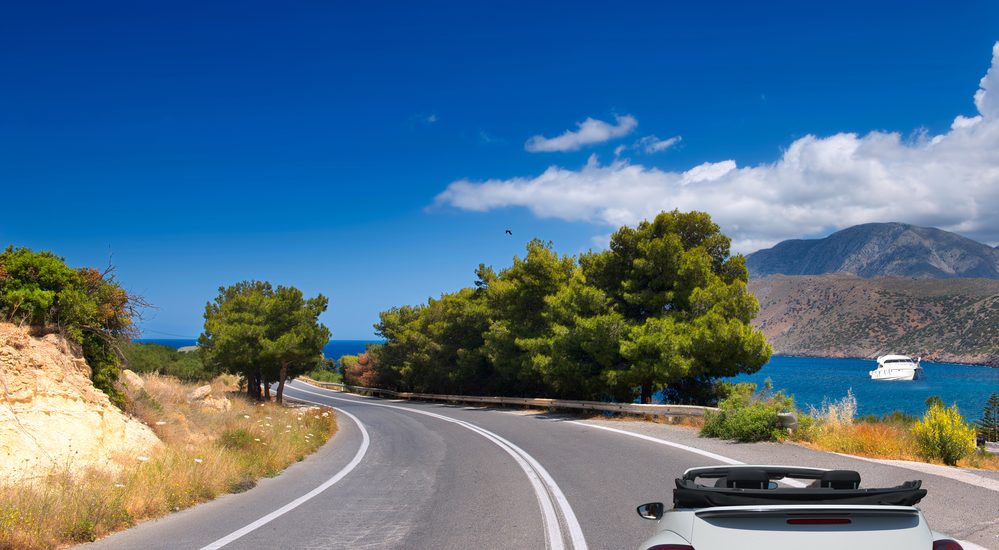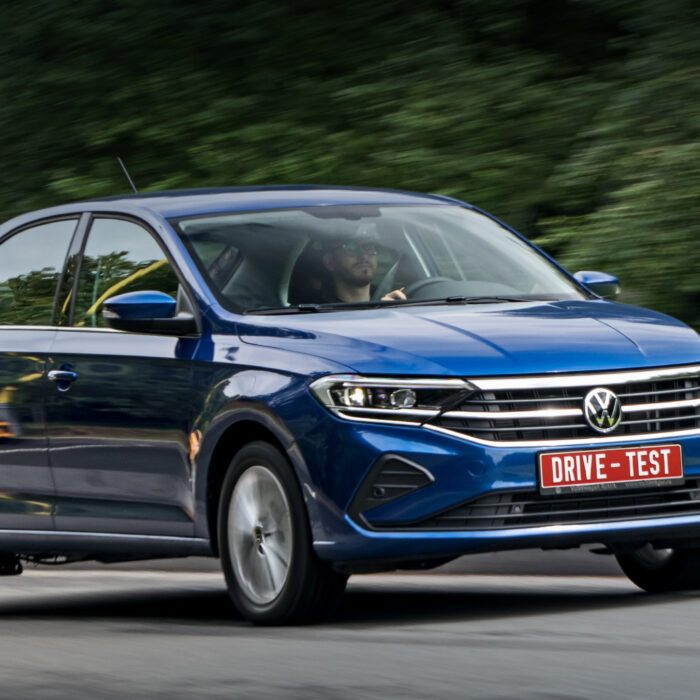Driving in Europe as an American can be an exhilarating experience, offering the chance to explore the continent’s diverse landscapes and cultures at your own pace. However, it’s essential to be aware of the key differences in driving regulations and practices to ensure a smooth and safe journey. Here’s what you need to know before hitting the European roads:
Driving Regulations in Europe
Before embarking on your European road trip, familiarize yourself with the following driving regulations:
1. License and Permit Requirements: Most European countries recognize American driver’s licenses. However, it’s advisable to obtain an International Driving Permit (IDP), which translates your license into multiple languages and serves as an additional form of identification.
2. Traffic Laws: Traffic laws in Europe may differ from those in the United States. Be mindful of varying speed limits, traffic sign designs, and right-of-way rules to avoid any legal complications.
3. Road Conditions: Prepare for diverse road conditions, from well-maintained highways to narrow, winding rural roads. Stay attentive, especially in older cities with narrow streets and complex traffic patterns.
International Driver’s Licenses for Americans
The International Driving Permit (IDP) is a crucial document for American travelers planning to drive in European countries. Here’s why obtaining an IDP is essential, along with information on the Vienna Convention, countries recognizing the IDP, and the process for Americans to obtain one:
Importance of the International Driving Permit
- Vienna Convention: The IDP operates under the regulations of the 1968 Vienna Convention on Road Traffic, allowing international recognition of driver’s licenses to facilitate seamless travel and ensure road safety.
- Legal Requirement: Several European countries that have not fully adopted the standards of the Vienna Convention may require foreign drivers to hold an IDP alongside their national driver’s license, making it a legal requirement for driving in these regions.
European Countries Recognizing the IDP
list of European countries that recognize the International Driving Permit (IDP): Albania, Austria, Belarus, Belgium, Bosnia and Herzegovina, Bulgaria, Croatia, Cyprus, Czech Republic, Denmark, Estonia, Finland, France, Georgia, Germany, Greece, Hungary, Iceland, Ireland, Italy, Latvia, Lithuania, Luxembourg, Malta, Montenegro, Netherlands, North Macedonia, Norway, Poland, Portugal, Romania, Russia, Serbia, Slovakia, Slovenia, Spain, Sweden, Switzerland, Ukraine, United Kingdom.
You also can see list all countries that recognize the International Driving Permit.
Obtaining an International Driving Permit
To acquire an IDP as an American citizen:
- Visit a Recognized Authority: Reach out to organizations like the American Automobile Association (AAA) or the American Automobile Touring Alliance (AATA) to apply for an IDP.
- Provide Required Documentation: Furnish a completed application form, two passport-sized photos, a valid U.S. driver’s license, and the necessary processing fee.
- Verification Process: Await verification of your documents and issuance of the IDP, which is usually valid for one year from the date of issue.
By obtaining an IDP, American travelers can ensure compliance with local driving regulations in European countries that require this additional documentation, promoting a hassle-free and legally sound driving experience abroad.
Driving in Europe as an American: Renting a Car
When renting a car in Europe, keep the following points in mind:
1. Rental Requirements: Ensure you meet the rental company’s age requirements and have a valid credit card for the security deposit. Additionally, consider purchasing rental insurance to cover any unforeseen damages or accidents.
2. Manual Transmission: In Europe, manual transmission vehicles are more common than automatic ones. If you’re not familiar with manual driving, be sure to request an automatic transmission when booking your rental car.
3. Parking Regulations: Understand local parking regulations, as parking restrictions and fees can vary widely across different cities and regions.
Road Trip Essentials
Make sure to have the following essentials for your European road trip:
1. Navigation Systems: Utilize GPS or offline maps to navigate unfamiliar roads and avoid getting lost. Additionally, download specific country maps in advance for areas with limited internet connectivity.
2. Emergency Kit: Pack an emergency kit with essentials such as a first-aid box, warning triangle, reflective vests, and a flashlight to handle any unexpected roadside situations.
3. Travel Documentation: Carry your valid passport, driver’s license, IDP, and car rental documents at all times.
By staying informed about local driving regulations and road conditions, renting a suitable vehicle, and preparing necessary travel essentials, you can enjoy a seamless and memorable road trip across the diverse landscapes of Europe.
What do I need to know about European cars?
Understanding European cars is crucial for any American planning to drive in Europe. European cars tend to be smaller and more fuel-efficient compared to their American counterparts, making them well-suited for navigating narrow city streets and tight parking spaces.
Fuel Options
- Diesel Vehicles: Diesel cars are prevalent in Europe due to their fuel efficiency. Ensure you understand the differences between gasoline and diesel fuel and know which type your vehicle requires.
- Electric and Hybrid Cars: Electric and hybrid cars are increasingly popular in Europe, particularly in urban areas focused on sustainable transportation. Familiarize yourself with charging stations and eco-friendly driving practices.
Safety and Technology Features
- Advanced Safety Features: European cars often incorporate advanced safety technologies such as lane-keeping assistance, automatic emergency braking, and adaptive cruise control, contributing to enhanced road safety.
- Infotainment Systems: Many European cars come equipped with advanced infotainment systems, including navigation, smartphone integration, and advanced audio options. Familiarize yourself with the features to optimize your driving experience.
Fines on European roads
n Europe, traffic fines can vary significantly depending on the country and the severity of the offense. Here’s an overview of common traffic fines, countries known for speed cameras, and challenging parking situations:
Traffic Violation Fines
- Speeding Offenses: Speeding fines can be substantial in many European countries, particularly in areas with strict speed enforcement. In some regions, excessive speeding can result in significant fines and even license suspension.
- Parking Violations: Illegally parked vehicles may incur fines, towing fees, or immobilization devices, especially in congested urban areas where parking space is limited.
- Traffic Violations: Running red lights, illegal turns, and driving under the influence can lead to hefty fines, license suspension, or even legal penalties in various European countries.
Speed Camera Zones
- France: France is notorious for its widespread use of speed cameras, especially on highways and major roads.
- Italy: Italy also employs an extensive network of speed cameras, particularly in urban areas and along major thoroughfares.
Parking Challenges
- United Kingdom: Parking in city centers and popular tourist destinations can be challenging in the UK, with limited parking spaces and strict enforcement of parking regulations.
- Germany: Finding parking in busy German cities, especially during peak hours, can be difficult, and parking violations are rigorously enforced.
Being aware of these common traffic fines, speed camera areas, and parking challenges in Europe can help you avoid costly penalties and ensure a smoother driving experience during your travels.
European Autobahns
Understanding European Autobahns
- Speed Limits: While some sections of the Autobahn network in Germany have no official speed limits, it’s crucial to adhere to posted speed restrictions, especially in construction zones and congested areas.
- Lane Discipline: Keep to the right unless overtaking. The left lane is primarily for passing, and slower vehicles should use the right lanes to maintain a smooth flow of traffic.
Driving Etiquette
- Signal Usage: Indicate lane changes and turns well in advance to ensure other drivers are aware of your intentions, promoting safer driving practices.
- Safe Following Distance: Maintain a safe distance from the vehicle in front of you, especially when driving at high speeds, to allow for ample reaction time and prevent collisions.
Tips for a Smooth Journey
- Rest Stops: Take regular breaks during long journeys to combat fatigue, stay alert, and enjoy the scenic rest areas along the Autobahn routes.
- Toll Roads: Be prepared for toll roads in certain countries. Familiarize yourself with the toll payment methods and ensure you have the necessary currency or payment options.
- Emergency Procedures: Familiarize yourself with emergency call boxes along the Autobahn, and know the protocol for handling breakdowns or accidents, including contacting the appropriate authorities for assistance.
By adhering to driving etiquette, obeying speed limits, and staying attentive to road conditions, you can enjoy a safe and comfortable driving experience along Europe’s extensive Autobahn network.

Published October 21, 2023 • 7m to read





